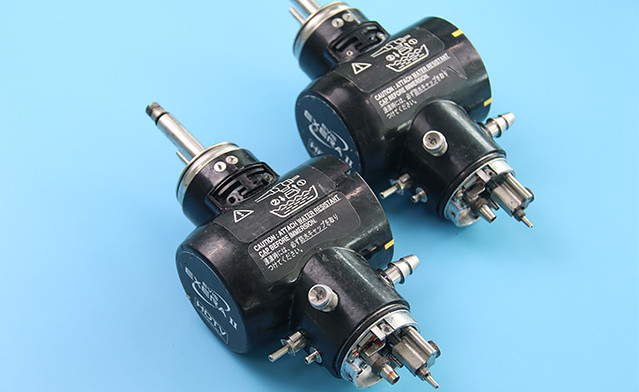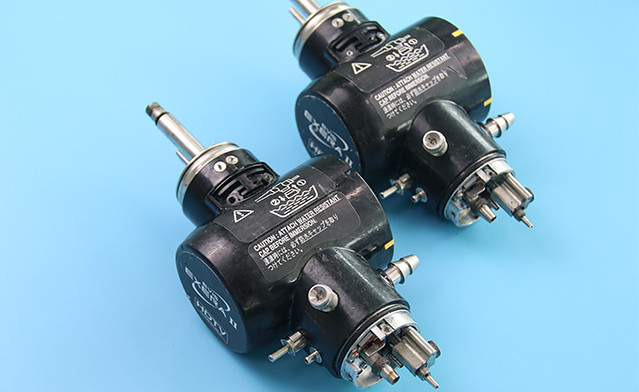Endoscope Insertion Tube: Improving Endoscopy Procedures
Introduction:
An endoscope is a vital tool used in various medical procedures, allowing doctors to perform minimally invasive surg endoscope insertion tube eries. At the heart of this device lies the flexible endoscope shaft, which enables precise and controlled movements during procedures. However, it’s crucial to focus on the insertion tube within an endoscope as it significantly affects the overall performance. In this article, we will explore the manufacturing process, characteristics, advantages, usage techniques, factors for selection, and conclude with its importance in improving endoscopy procedures.
Manufacturing Process:
The prod Endoscope insertion tube uction of an endoscope insertion tube involves cutting-edge technology and precision craftsmanship. Manufacturers employ high-quality materials such as stainless steel or medical-grade plastic polymers to ensure durability and flexibility. Intricate molding processes shape these materials into seamless tubes while main endoscope insertion tube taining their structural integrity.
Characteristics:
The endoscope insertion tube possesses several key characteristics that contribute to its effectiveness during surgical interventions. Firstly, its thi endoscopy repair n diameter allows entry into narrow pathways within the body effortlessly. Secondly, a smooth surface finish minimizes friction between tissues and ensures patient comfort during examinations or treatments.
Advantages:
The use of an advanced endoscope insertion tube has numerous advantages over traditional surgical methods. The non-invasive nature of

these devices reduces patient trauma while minimizing post-operative complications like pain and scarring. Additionally, through real-time visualization provided by fiber optics integrated into modern designs., surgeons can accurately diagnose conditions deep within organ systems without resorting to more invasive exploratory surgeries endoscope insertion tube .
Usage Techniques:
To maximize efficiency when using an endoscope insertion tube:
1) Thoroughly clean both internal and external components before every use.
2) Lubricate the entire length of the tube prior to inserting it into any bodily orifices.
3) Maintain steady yet gentle control when advancing or retracting along delicate tissue regions.
4) Regularly inspect components for signs of wear-and-tear or damage. Replace as n Flexible endoscope shaft ecessary to ensure optimal performance.
Selecting the Right Endoscope Insertion Tube:
Choosing the appropriate endoscop endoscope insertion tube e insertion tube is paramount for successful procedures. Consider the following factors:
1) Compatibility: Ensure compatibility with the specific endoscope model being used.
2) Durability: Opt for high-quality materials that provide longevity and resistance to corrosion.
3) Flexibility: A pliable tube allows easy navigation through complex anatomical structures.
4) Diameter Options: Select sizes suitable for varying procedural requirements.
Conclusion:
The endoscope insertion Endoscopy insertion duct tube plays a pivotal role in modern medical interventions. Its manufacturing process, characteristics, advantages, and usage techniques all contribute to improved patient outcomes and enhanced surgical precision. When selecting an endoscope insertion tube, consider factors such as compatibility, durability, flexibility, and diameter options. By investing i endoscope insertion tube n this essential instrument and employing it effectively within medical practices globally; doctors can continue performing minimally invasive surgeries – revolutionizing healthcare as we know it today
